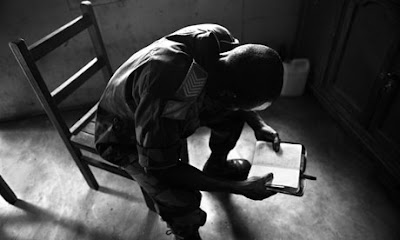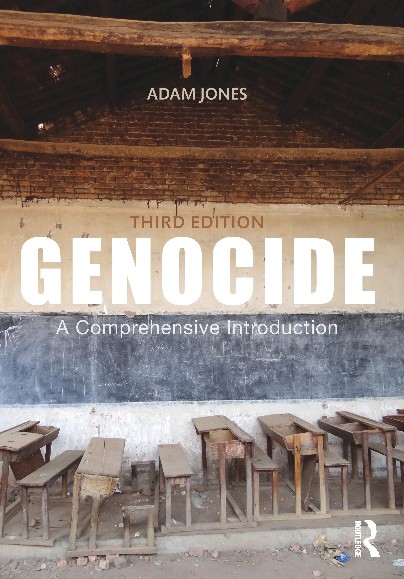 |
| "Toy Nazi figurines in this exhibition at the United States Holocaust Memorial Museum." (Drew Angerer/The New York Times) |
By Edward Rothstein
The New York Times, April 25, 2013
"Whatever larger themes are sounded when the United States Holocaust Memorial Museum commemorates its 20th anniversary here this weekend, whatever is said at a Monday ceremony by former President Bill Clinton or by the museum's founding chairman, Elie Wiesel, and whatever assessments are made about its influence, accomplishments or limitations, it will take a visit to its new exhibition, 'Some Were Neighbors,' to grasp one aspect of this imposing institution's power. It reveals the demonic not in grand forces, but in the most minute details. In one video interview, for example, a Lithuanianwitness, Regina Prudnikova, recalls that before the massacres, she cared for a Jewish child in her town, Pilviskiai. But, 'I was very young and had a very red face,' she explains, and was 'on the chubby side.' That wasn’t good. 'I was told that Jews cut you and take your blood.' She stopped baby-sitting. She now mocks such beliefs, but her tone becomes uncertain: 'I know that they say the Jews can't live without Christian blood. During their holidays they had to have at least a drop of that blood to taste.' Then, the recollection returns. The Jews were taken away and shot, their homes plundered. And we see a photograph of a wagon piled with loot being auctioned to passers-by. Or listen to Stanislaw Ochman, who transported the Jews of his village, Zdunska Wola, in Poland, in a wooden wagon to the cemetery where they were murdered. The children, holding their mothers' skirts, were often too short for the raked gunfire, and fell into the pit, still clinging, as soil was piled atop them.























